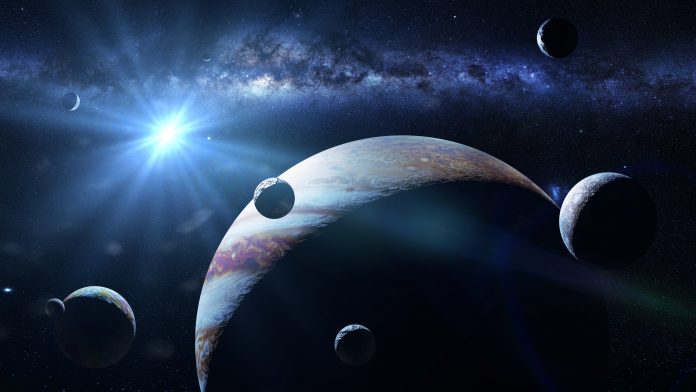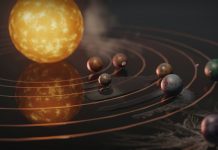The farthest regions of our solar system may conceal an additional planet or indications of adjustments to the laws of gravity
Two theoretical physicists have suggested that the observations driving the search for a ninth planet in our solar system could indicate a revised law of gravity. This modified gravitational theory was initially developed to explain the rotational behaviour of galaxies.
Harsh Mathur, a physics professor at Case Western Reserve University, and Katherine Brown, an associate physics professor at Hamilton College, have proposed this idea after analysing how the Milky Way galaxy would influence objects in the outer solar system under the framework of Modified Newtonian Dynamics (MOND), an alternative gravitational theory.
“MOND is really good at explaining galactic-scale observations,” Mathur said, “but I hadn’t expected that it would have noticeable effects on the outer solar system.” Their work was recently published in The Astronomical Journal.
Mathur and Brown had previously examined the impact of MOND on galactic dynamics. However, their interest in MOND’s effects closer to home was awaken when astronomers, in 2016, reported anomalies in the orbits of a few objects in the outer solar system that could be accounted for by the existence of a ninth planet.
Previous research
In the past, unusual orbital characteristics have played a crucial role in significant discoveries. Neptune was identified due to its gravitational influence on nearby objects’ orbits, the subtle precession of Mercury’s orbit provided initial support for Einstein’s general relativity theory, and more recently, astronomers have utilised orbital dynamics to deduce the existence of a supermassive black hole at the core of our Milky Way galaxy.
Brown realised MOND’s predictions might be at odds with the observations that had motivated the search for a ninth planet. “We wanted to see if the data that support the Planet Nine hypothesis would effectively rule out MOND,” she said.
Outer solar system as a testing ground
However, Mathur and Brown discovered that MOND accurately anticipates the specific clustering observed by astronomers. According to their analysis, over the course of millions of years, they contend that the galaxy’s gravitational field would gradually align the orbits of certain outer solar system objects.
When they charted the trajectories of the objects from the dataset related to Planet Nine in relation to the galaxy’s gravitational field, “the alignment was striking,” Mathur said.
Alternative explanations
The authors said that the existing dataset is limited, and numerous alternative explanations could be valid. Some astronomers have even proposed that the unusual orbits might be attributed to observational biases.
Regardless of the ultimate conclusion, this research underscores the opportunity to utilise the outer solar system as a testing ground for exploring gravity and investigating fundamental questions in physics.














